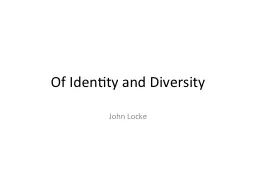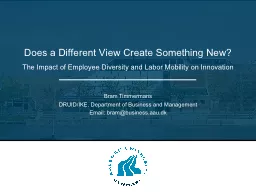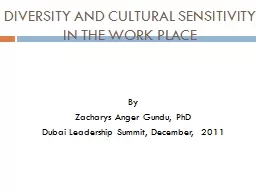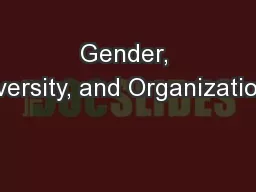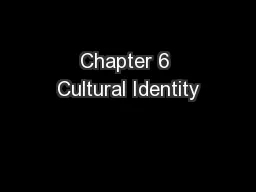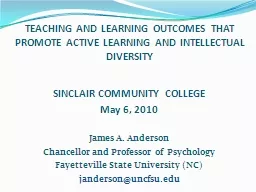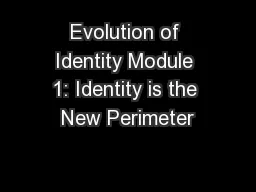PPT-Of Identity and Diversity
Author : test | Published Date : 2016-02-19
John Locke The Problem of Personal Identity Whether we are to live in a future state as it is the most important question which can possibly be asked so it is the
Presentation Embed Code
Download Presentation
Download Presentation The PPT/PDF document "Of Identity and Diversity" is the property of its rightful owner. Permission is granted to download and print the materials on this website for personal, non-commercial use only, and to display it on your personal computer provided you do not modify the materials and that you retain all copyright notices contained in the materials. By downloading content from our website, you accept the terms of this agreement.
Of Identity and Diversity: Transcript
Download Rules Of Document
"Of Identity and Diversity"The content belongs to its owner. You may download and print it for personal use, without modification, and keep all copyright notices. By downloading, you agree to these terms.
Related Documents

